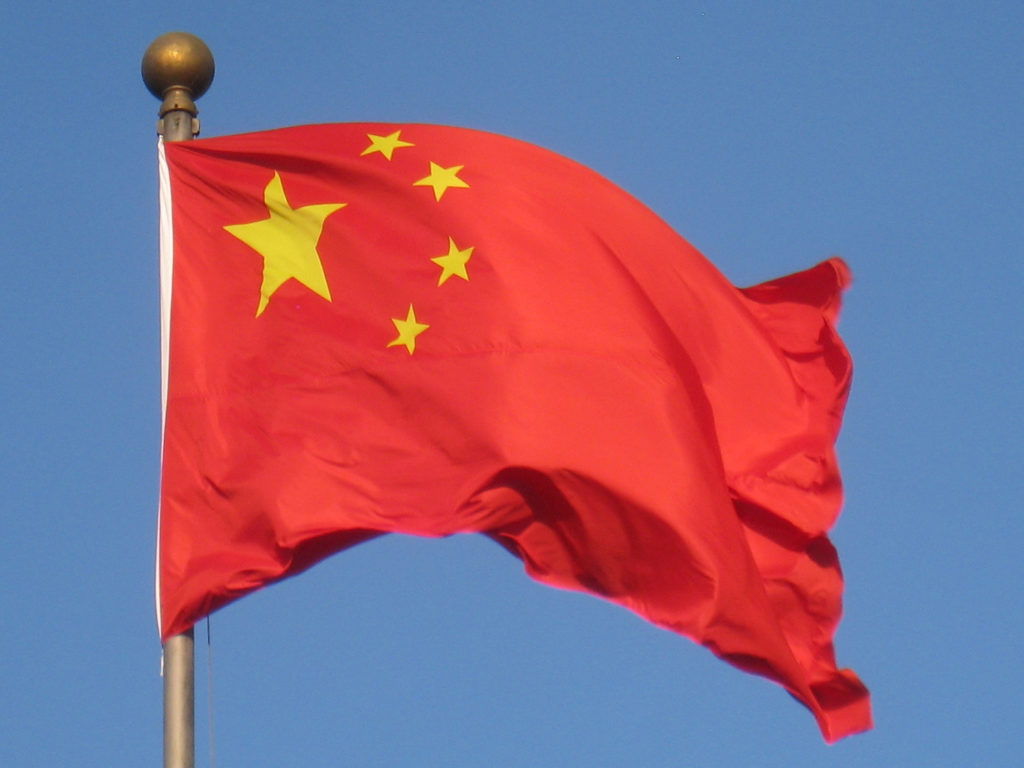
Siemens, the German tech conglomerate, has been notified by the US government that the Trump administration is lifting the restrictions on the export of chip design software to China. This development marks a pivotal moment in the ongoing trade and technology landscape between the world’s two largest economies. Siemens has, in response to the lifted restrictions, fully re-established the availability of its software and tech solutions for its customers in China.
This policy adjustment by the US government comes even as the government is working to resolve a series of escalating trade disputes with Beijing. The earlier restrictions were part of a set of measures imposed by the US, particularly in response to China’s actions regarding rare earth minerals and magnet shipments. The US had curtailed various exports, including the suspension of licenses for GE Aerospace to supply jet engines for the Chinese aircraft manufacturer COMAC’s C919, and limitations on sales from nuclear equipment suppliers to Chinese power plants. In fact, the restrictions also targeted leading developers of Electronic Design Automation (EDA) software: Cadence Design Systems, Synopsys, and Siemens EDA.
Electronic Design Automation (EDA) software constitutes a specialized category of tools and methodologies indispensable for the design, simulation, verification, and testing of complex electronic systems, including integrated circuits (ICs) and printed circuit boards (PCBs). EDA tools equip engineers with the capability to oversee the complexity of contemporary electronic designs. They streamline processes that would otherwise be largely unmanageable if attempted through manual methods.
The previous US export controls on EDA software were a pointed measure, aimed at constraining China’s advancements in semiconductor and AI capabilities. At that time, by limiting access to these essential design tools, Washington sought to impede Beijing’s ambitious drive for technological self-sufficiency in a critical sector. The three affected companies (Synopsys, Cadence, and Siemens EDA) collectively command a dominant share of China’s EDA market, making their restriction a potent lever in trade negotiations.
Following the US government’s announcement, Cadence Design Systems also confirmed the lifting of export restrictions on chip design software for China. The company is actively working to restore full access to its software and technology for its affected clientele. Similarly, Synopsys had already begun to ease its internal suspensions last month, which were initially implemented to ensure compliance with the US export controls.
This recent de-escalation in trade tensions coincides with China’s agreement to evaluate export requests for controlled goods, while the U.S., in a reciprocal gesture, has committed to revoking corresponding restrictive measures. This mutual concession aims to stabilize trade relations that had become increasingly contentious. Earlier on Wednesday, the U.S. Department of Commerce had already initiated the reversal of another contentious measure by rescinding a restrictive licensing requirement for ethane exports to China, which had been imposed just last month.





